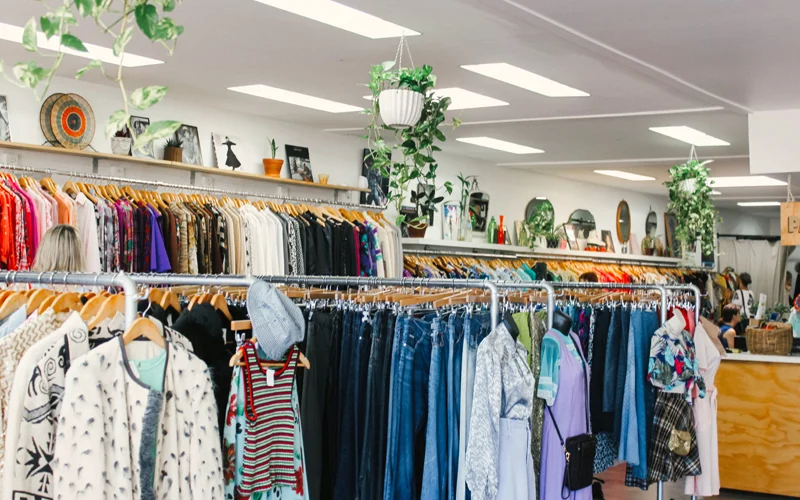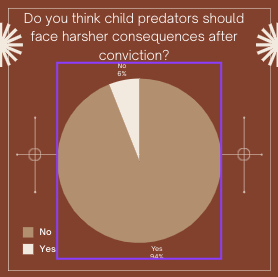According to the University of Colorado, over 13 million tons of clothes are thrown away yearly. Stores such as Goodwill and Salvation Army have helped keep pieces out of the garbage and clothed those who’ve struggled financially. With the increased popularity of buying secondhand, people have analyzed its positive and negative effects.
Resale stores sell donated or used items including clothes, books, furniture, etc. A large number of consumers prefer this type of shopping due to the affordability and variety of the items available. For instance, Rachel Cannon, English teacher, loves to thrift at Goodwill for clothes and knickknacks. She said, “Thrift stores give me an opportunity to be able to find something more eclectic, more kind of tuned to what I want… Go to the thrift store and you can find the exact same item, probably better quality, because it’s stood the test of time a little bit further.” Similarly, dupes, cheaper remakes of expensive products, are another affordable option for people who might not want to spend as much. These goods have seen an immense amount of popularity on social media because they typically cost a significantly lower amount of money than the original. Consequently, there has been a higher demand for used and cheap products, causing the cost to rise.
The price of used items has been increasing rapidly, which could negatively impact students and other low-income individuals who simply can’t afford to buy new clothing. Fiona Dickey, sophomore, appreciates discount stores because of the sustainability aspect, and she especially enjoys shopping at The Daisy, a local consignment shop in Cedar Rapids. Nevertheless, Dickey believes that thrifting has become too expensive because of the escalating demand. “There’s Depop resellers that sell [clothes] for so much when they’re intended to be used and sold at a cheaper price for people who don’t have a lot of money. When you can afford something, go buy it firsthand, don’t resell it for hundreds of dollars,” she said. The most probable cause of this hike in prices is simply inflation. Costs such as real estate, employment, and utilities all contribute to thrift stores’ decision to augment the asking price.
A major benefit of secondhand shopping is the reduction of overconsumption. Donating pre-owned items of clothing to non-profit thrift stores keeps them out of landfills while also putting them in the hands of customers who are in need. Therefore, Cannon said, Moreover, trends always come back, which is seen with the resurgence of 90s and 2000s fashion. This includes low-rise jeans, bedazzled accessories, tracksuits, etc. The good news is that pieces comparable to these, as well as other vintage clothes, can easily be found in a local thrift store.
Ultimately, there are numerous positives and negatives to the rise of thrift stores. While they recycle used items and reduce overconsumption, they are often overpriced. Customers should be conscious of their consumption and how their actions impact their community.









